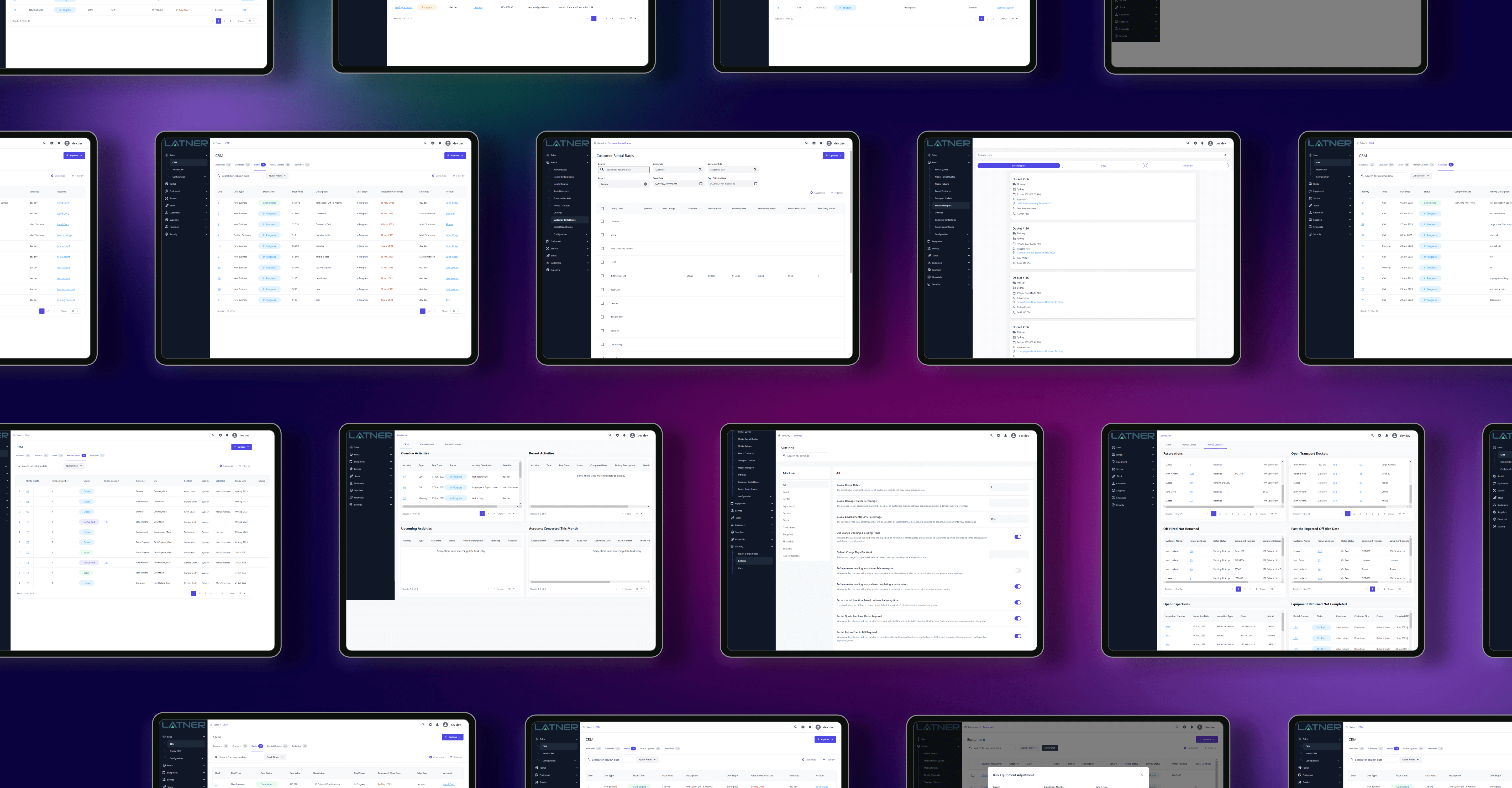- Agile tech-driven experience
- Quick & seamless onboarding
- IP Protection & Strict NDA
- Guaranteed on-time delivery
- Time Zone Benefit
-
Services
- Software Engineering
- Application Development
-
Generative AI
- Generative AI Development
- Generative AI Integration
- Generative AI Consulting
- AI Copilot Development
- AI Agent Development
- Generative AI on AWS
- Hire Generative AI Engineers
- Hire ChatGPT Developer
- Hire Prompt Engineers
- ChatGPT Integration Service
- Adaptive AI Development
- Hire Stable Diffusion Developers
- ChatGPT Developers
- Artificial Intelligence and ML
- Internet of Things (IoT)
- Web3 Development
- Software Testing & QA
Your Outsourcing PartnerSee why 300+ startups & enterprises trust eSparkBiz with their software outsourcing. -
Hire Developer
- Frontend Development
-
Backend Development
- Hire Node.JS Developers
- Hire Python Developers
- Hire DOT NET Developers
- Hire .NET Core Developers
- Hire Laravel Developers
- Hire Ruby on Rails Developers
- Hire Golang Developers
- Hire Java Developers
- Hire Symfony Developers
- Hire Craft CMS Developers
- Hire Blockchain Developers
- Hire Salesforce Developers
- Hire WordPress Developers
- Hire WooCommerce Developers
- Hire Smart Contract Developers
- Mobile Development
-
Dedicated Development Team
- Hire Software Developers
- Hire Indian Developers
- Hire MERN Developers
- Hire Full Stack Developers
- Hire MEAN Developers
- Hire Remote Developers
- Hire Data Scientists
- Mobile App Developers
- Hire Frontend Developers
- Hire UI/UX Designers
- Hire DevOps Developers
- Hire QA Engineers
- Hire AWS Developers
- Hire Cloud Developers
- Hire DevOps Engineers
- Hire DevOps Team
- Hire React Node Developers
- Hire React Storefront Developer
Your Outsourcing PartnerSee why 300+ startups & enterprises trust eSparkBiz with their software outsourcing. -
Cloud
-
Cloud Engineering
- Kubernetes Consulting
- Cloud Services and Solutions
- Cloud Application Development
- Cloud Application Services
- Cloud Architecture Design
- Microservices Development
- Cloud Cost Optimization
- Cloud Migration Consulting
- Cloud Consulting Services
- Cloud Integration Services
- Serverless App Development
- Cloud Strategy Consulting
- Cloud Managed Services
- Cloud Development
- Infrastructure as Code
- Cloud Migration Services
- Hire Kubernetes Developers
- Cloud Support and Maintenance
- AWS Engineering
- DevOps Engineering
- Google Cloud Engineering
- Azure Engineering
Your Outsourcing PartnerSee why 300+ startups & enterprises trust eSparkBiz with their software outsourcing. -
Cloud Engineering
- Industries
- Our Work
-
About Us
Your Outsourcing PartnerSee why 300+ startups & enterprises trust eSparkBiz with their software outsourcing.








